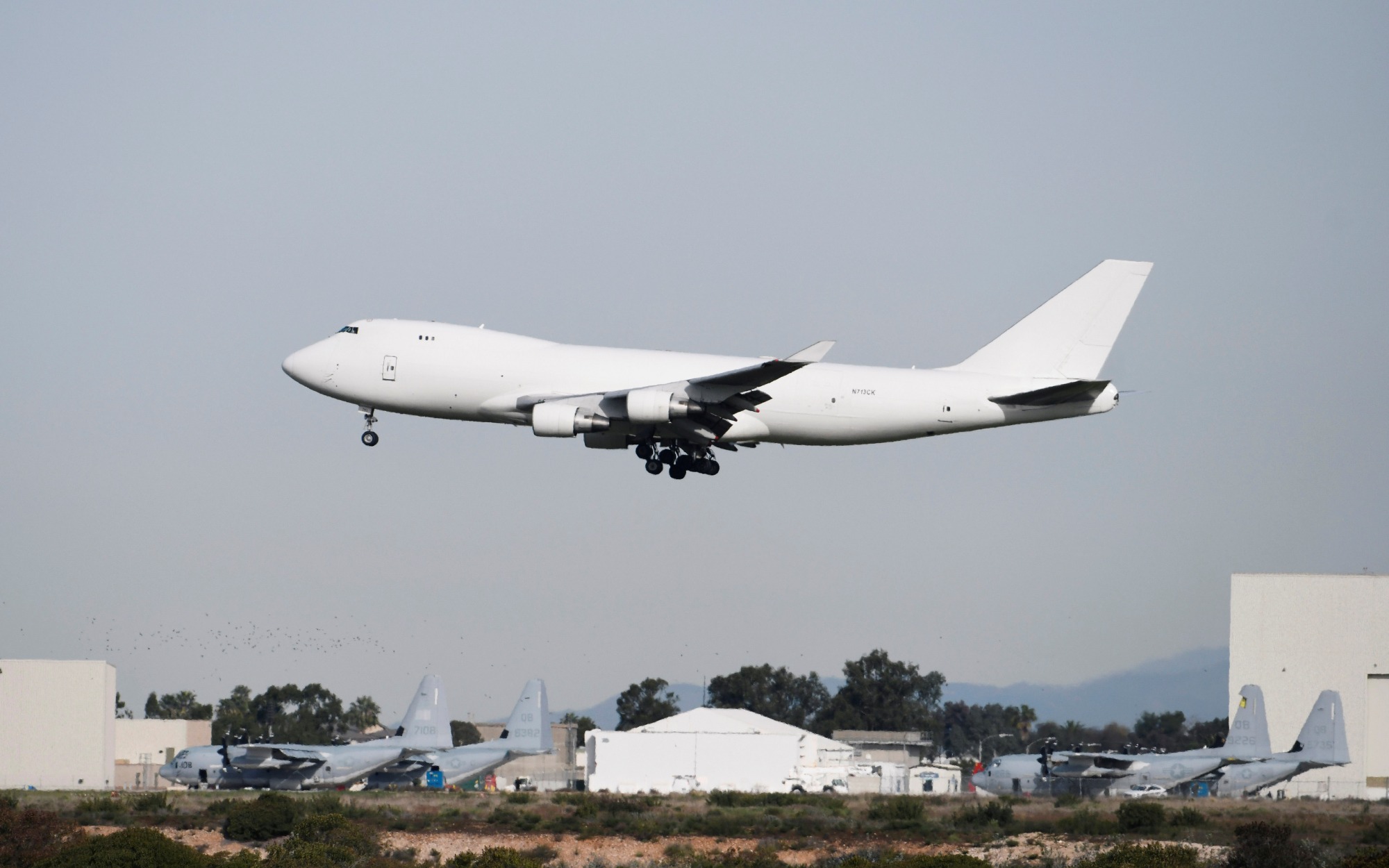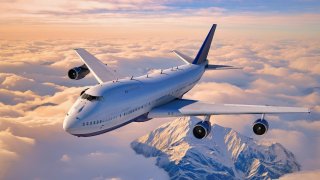South Korean Boeing 747-8s to be New U.S. Air Force ‘Doomsday Planes’
Korean Air has sold five Boeing 747-8 aircraft to Sierra Nevada Corp. (SNC), a defense contractor, to be converted into the U.S. Air Force's next Survivable Airborne Operations Center (SAOC) aircraft, replacing the aging E-4B Nightwatch.
Summary: Korean Air has sold five Boeing 747-8 aircraft to Sierra Nevada Corp. (SNC), a defense contractor, to be converted into the U.S. Air Force's next Survivable Airborne Operations Center (SAOC) aircraft, replacing the aging E-4B Nightwatch.

-This $13 billion SAOC project ensures U.S. command capabilities in extreme scenarios, offering advanced protection against electromagnetic pulses and nuclear effects. The SAOC aircraft, used by the U.S. Secretary of Defense, will feature specialized command areas and modular designs for evolving technology.
-The modified 747-8s, with extensive seating and command facilities, are set for delivery by September 2025, with the project concluding in 2036.
Korean Air Sells 747s for U.S. Air Force's New Doomsday Plane Program
If you’ve ever flown on a Korean Air 747, there is a good chance you sat in a future “Doomsday Plane” for the U.S. Air Force. The South Korean commercial carrier announced it has signed a deal with Nevada-based defense contractor Sierra Nevada Corp. (SNC) to acquire five Boeing 747-8s—leaving Korea Air with four.
SNC was recently awarded a $13 billion contract to develop the next Survivable Airborne Operations Center (SAOC) aircraft. The project will replace the aging E-4B Nightwatch, which has been in service since the 1970s.
As previously reported, the SAOC project, planned through July 2036, would employ commercial airliners from the used 747 market for its fleet of eight to ten aircraft. The 747-8, which can carry 368 passengers, is only operated by three carriers: Korean Air, Lufthansa, and Air China. SNC probably did not bother trying to purchase any 747s from Air China—nor would the Air Force likely approve of such a deal.
The sale is reported to be valued at 918 billion Korean won ($674 million)—or roughly $135 million per airframe. Korean Air will deliver the planes by September 2025. The sale also comes as the airline announced a deal to acquire 33 Airbus A350s valued at $13.7 billion.
It remains unclear where SNC will obtain the remaining three to five 747s it needs, or which variants of the commercial airliner it will consider.
The New Doomsday Plane
The SAOC ensures the United States can maintain command in extreme scenarios. It features advanced protection against electromagnetic pulses and nuclear effects. The aircraft are typically used to transport the U.S. Secretary of Defense but are also designed to act as a mobile nuclear command and control outpost.
The SAOC is a priority for the air service, even as it has scaled back other programs including the F-15EX Eagle II and F-35 Lightning II. Under appropriations passed by Congress for Fiscal Year 2024, the Air Force has around $744 million to invest in the SAOC program this year. In its FY25 request, the service is seeking roughly $1.7 billion.
Work on the SAOC is expected to be carried out in Colorado, Nevada, and Ohio, and is scheduled to be completed in 2036.
The current configuration of the Boeing 747-8 features a three-class layout with six passengers in first class, forty-eight in business, and 314 in economy. The SAOC’s modifications will see the main deck divided into six functional areas that include a command work area, a conference room, a briefing room, an operations team work area, a communications area, and a rest area. The new doomsday plane will also implement a modular approach to accommodate ever-changing equipment and technological capabilities, Simple Flying reported.
Like the E4B, the new SAOC will likely include seating for up to 111 people, including a joint-service operations team, an Air Force flight crew, a maintenance and security component, and a communications team. For most onboard, it won’t be close to first class or even business class, but for a select few it will be like flying on a private jet, with more than enough room to stretch out.
About the Author
Peter Suciu is a Michigan-based writer. He has contributed to more than four dozen magazines, newspapers, and websites with over 3,200 published pieces over a twenty-year career in journalism. He regularly writes about military hardware, firearms history, cybersecurity, politics, and international affairs. Peter is also a Contributing Writer for Forbes and Clearance Jobs. You can follow him on Twitter: @PeterSuciu. You can email the author: [email protected].


